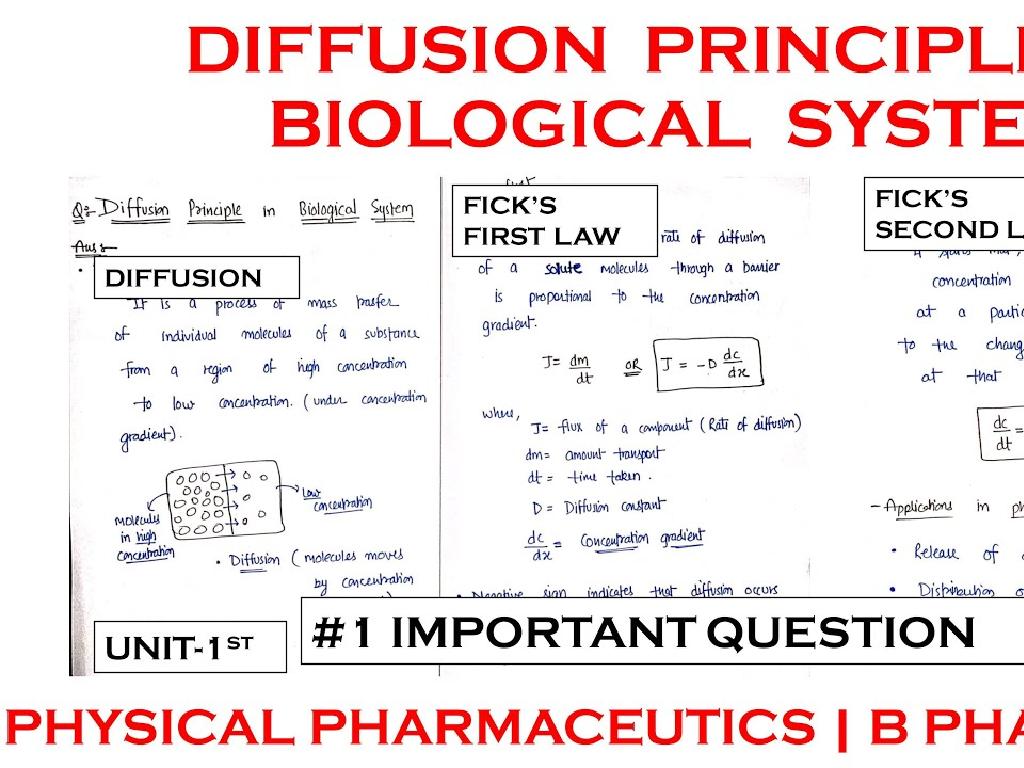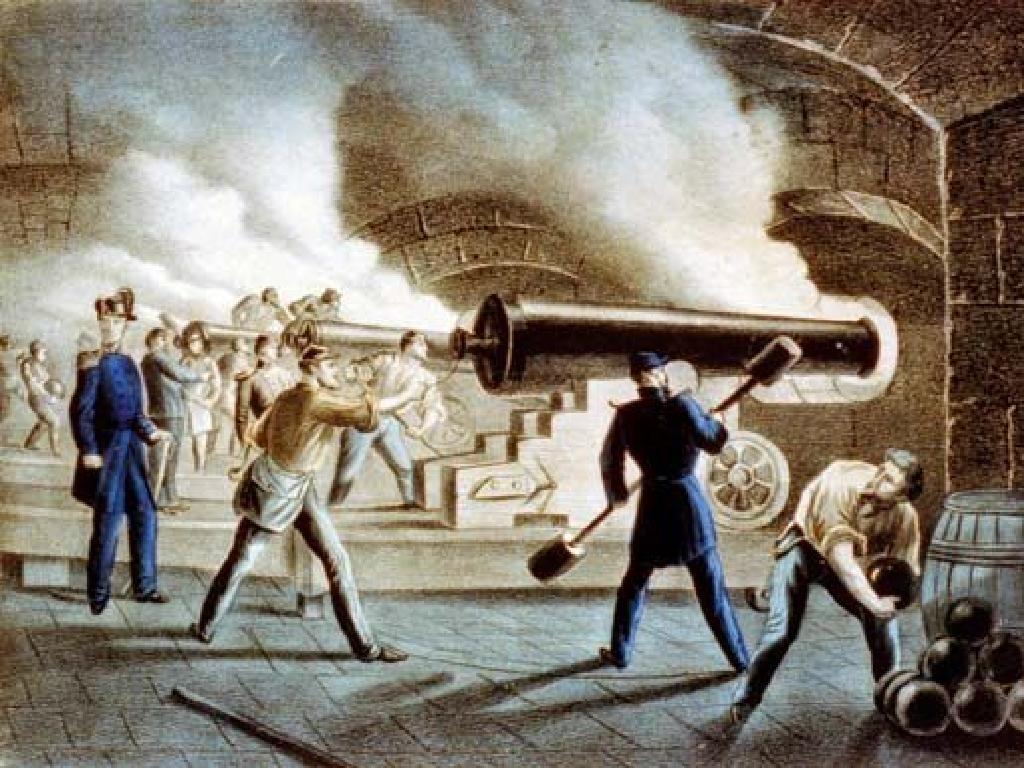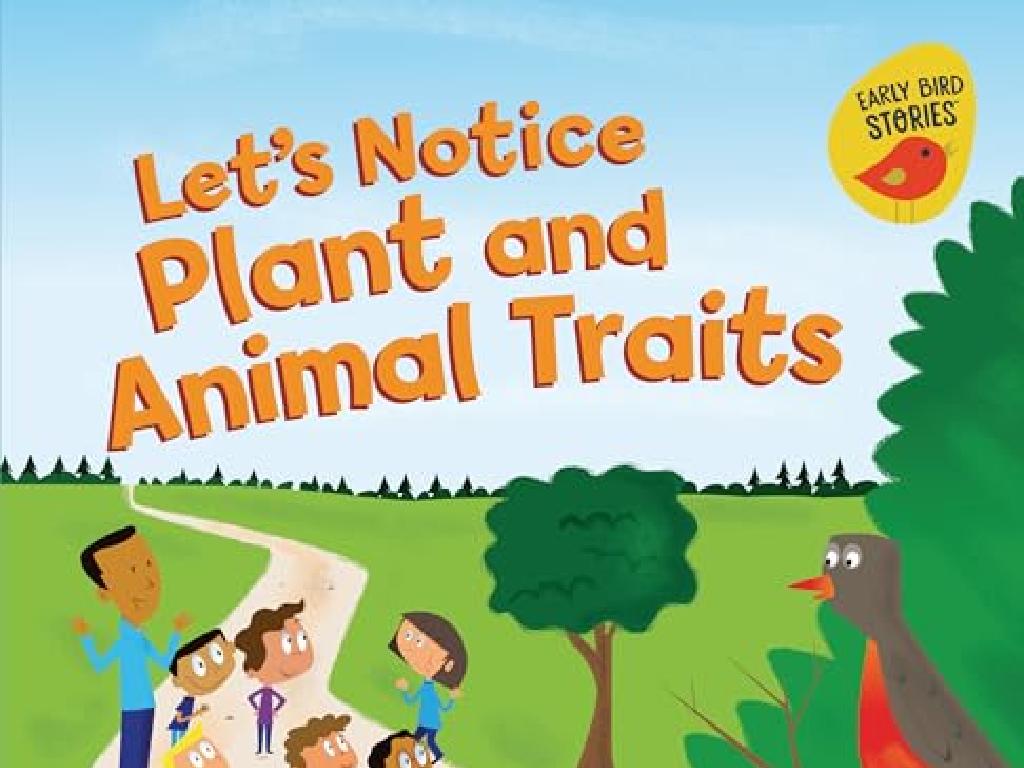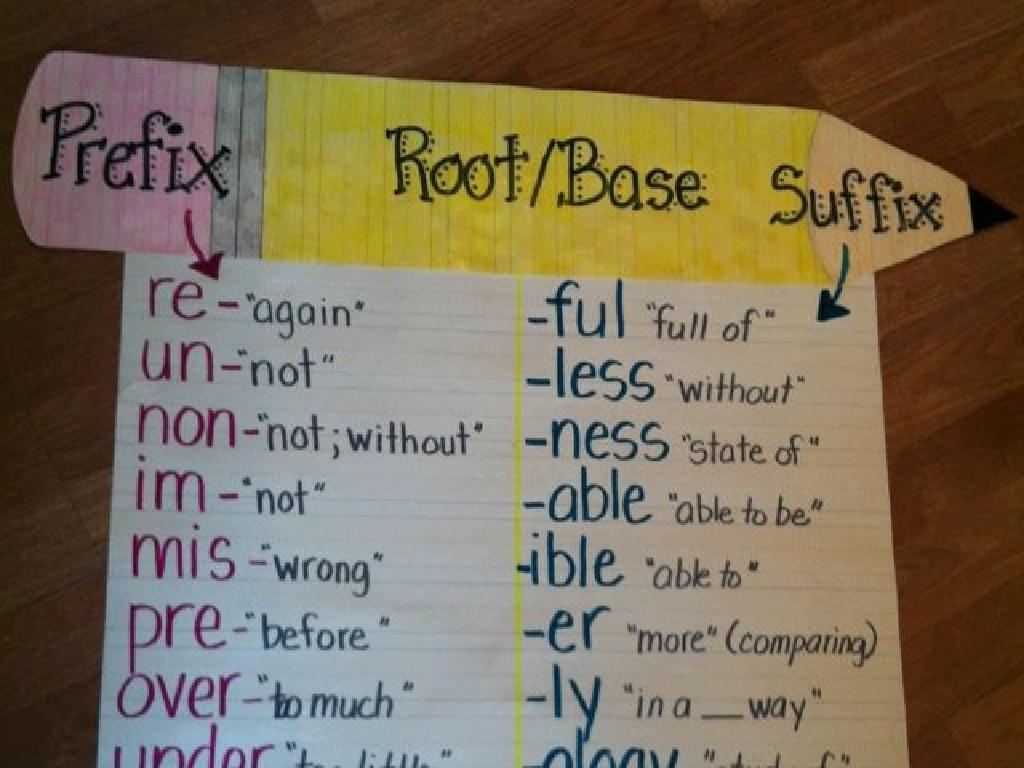Count Forward And Backward By Twos, Fives, And Tens
Subject: Math
Grade: Second grade
Topic: Skip-Counting And Number Patterns
Summary: This second grade math presentation teaches students how to skip-count forward and backward by twos, fives, and tens, building confidence in recognizing number patterns. Engaging activities like counting socks, reading clock minutes, and hopscotch help bring numbers to life. By connecting skip-counting to real-world examples, students boost their understanding of sequences, patterns, and multiplication basics, while practicing essential skills in an interactive and memorable way.
Please LOG IN to download the presentation. Access is available to registered users only.
View More Content
Welcome to Skip-Counting!
– Learn to count by 2s, 5s, and 10s
– Count: 2, 4, 6, 8… It’s fun and easy!
– Skip-counting for quick counting
– Like counting candies or steps quickly!
– Recognizing patterns in numbers
– Numbers follow a sequence, like days of the week.
– Applying skip-counting in daily life
– How many fingers on 2 hands? Let’s count by 5s!
|
This slide introduces second graders to the concept of skip-counting by 2s, 5s, and 10s. Skip-counting is a fundamental skill that helps with understanding number patterns and prepares students for multiplication. Encourage the students to think of situations where they have seen or can use number patterns, such as counting coins, steps, or organizing objects. Provide examples and engage them with questions to make the learning interactive. For instance, ask how many eyes are in the room and count by 2s, or how many fingers are on 2 hands and count by 5s. This will help them apply skip-counting in real-life scenarios and see the practicality of math in their daily lives.
Counting by Twos: Pairs of Socks
– Learn to count by twos
– Count pairs of socks quickly
– If you have 5 pairs, instead of counting each sock, say: 2, 4, 6, 8, 10.
– Practice counting: 2, 4, 6, 8…
– Let’s try together: Start at 2 and add 2 each time.
– Guess the next numbers
– What numbers come after 8 when we count by twos?
|
This slide introduces the concept of skip counting by twos using a relatable example of counting pairs of socks. It’s a practical way to help students understand the concept of multiplication as repeated addition. Start by explaining that each pair has two socks. Then, demonstrate counting by twos using the socks as a visual aid. Encourage the students to join in and practice counting out loud together. After practicing the sequence, challenge them to continue the pattern on their own. This activity will help solidify their understanding of skip counting by twos and prepare them for working with larger numbers.
Counting by Fives
– Learn to count by fives
– Relate to minutes on a clock
– Each number represents 5 minutes
– Practice skip-counting by 5
– Start with 5 and add 5 each time: 5, 10, 15, 20…
– Continue the sequence on your own
– What comes after 20 when we add 5?
|
This slide is aimed at teaching second graders how to count by fives, which is a fundamental skill in understanding number patterns and skip-counting. Relating the concept to a clock helps contextualize the lesson, making it easier for students to grasp. Begin by counting together as a class, and then encourage students to continue the pattern independently. This exercise not only reinforces their counting skills but also prepares them for understanding time and arithmetic operations involving fives. For the activity, students can be asked to count by fives up to 100 and then backwards from 100 to zero. Additionally, they can practice by writing the numbers down or using physical objects like counters or coins to group into sets of five.
Counting by Tens: Speedy Skip-Counting
– Counting by tens is quick
– Like counting all our fingers
– Each person has 10 fingers, so 10 friends have 10×10 fingers!
– Let’s count together: 10, 20, 30, 40…
– Practice with me: 10, 20, 30, 40, …
– Can you guess the next numbers?
– What comes after 40 when we add 10 more?
|
This slide introduces students to the concept of skip-counting by tens, which is a foundational skill in understanding place value and preparing for multiplication. Emphasize that counting by tens is a quick way to count large quantities. Relate it to something they know, like the total number of fingers in a group of 10 people. Engage the class in a counting activity, starting from 10 and adding 10 each time. Ask the students to predict the next numbers in the sequence to check their understanding. This interactive approach helps solidify the concept and makes learning math fun.
Patterns in Skip-Counting
– Skip-counting makes patterns
– Numbers end with same digits
– For example, counting by 5s: 5, 10, 15, 20, all end with 0 or 5.
– Count by 2s, 5s, and 10s
– Counting by 2s might end with 0, 2, 4, 6, or 8. Counting by 10s will always end with 0.
– Observe patterns on a number line
– Use a number line to visually see the jumps and patterns formed when we skip-count.
|
This slide introduces students to the concept of patterns in skip-counting. Emphasize that skip-counting is not just a faster way to count, but it also creates a predictable pattern. Show students how the last digits repeat when counting by 2s, 5s, and 10s. For example, when counting by 2s, the numbers will end in 0, 2, 4, 6, or 8, while counting by 5s will end in 0 or 5. Counting by 10s is the easiest pattern as all numbers will end in 0. Use a number line in class to demonstrate these patterns and help students visualize the concept. Encourage them to draw their own number lines and practice skip-counting to find patterns.
Let’s Practice Skip-Counting Together!
– I’ll write a number on the board
– Tell me the next numbers in sequence
– If I write ‘2’, what comes next when we count by twos?
– Ready for a fun counting game?
– We’ll take turns and help each other out
– Practice makes us better at counting!
– The more we practice, the faster we get!
|
This slide is designed to engage students in a collaborative and interactive skip-counting game. Start by writing a number on the board and ask the students to continue the sequence by counting by twos, fives, or tens. Encourage participation by making it a game where students can take turns or work in groups. Remind them that practicing these sequences will help them get better at recognizing patterns and improve their number sense. As an activity, consider having different students provide the starting number, or challenge them with a ‘mystery’ skip-counting pattern to identify.
Skip-Counting Hopscotch
– Get ready for hopscotch fun
– We’ll count by 2s, 5s, and 10s
– For example: 2, 4, 6, 8… or 5, 10, 15, 20…
– Hop and skip-count together
– Exercise and learn patterns
– Helps memorize number sequences
|
This interactive activity combines physical exercise with mathematical learning. Set up a hopscotch grid outside with numbers for skip-counting. Students will hop on one foot or two feet depending on the counting sequence. For counting by 2s, use both feet; for 5s and 10s, alternate between one and two feet to emphasize the pattern. Possible variations: 1) Have students call out numbers as they hop. 2) Use different colored chalk for different sequences. 3) Challenge students to hop backward, reinforcing backward counting. 4) Pair students up and have them cheer each other on. 5) Incorporate music that aligns with the counting rhythm. This activity will help students visualize and physically engage with the concept of skip-counting, reinforcing their understanding of number patterns.





